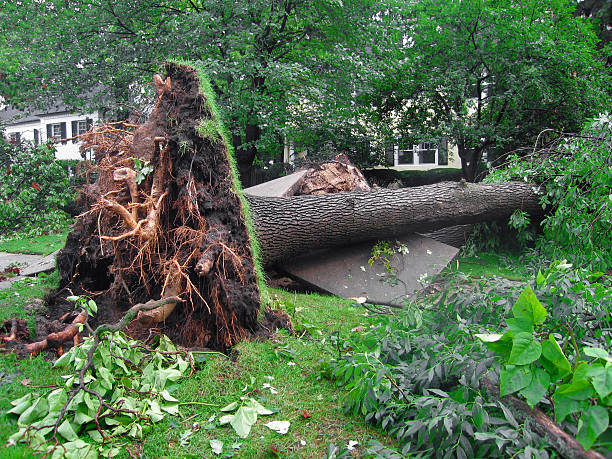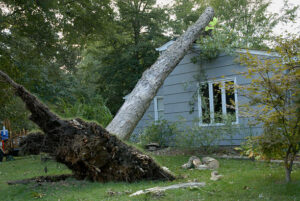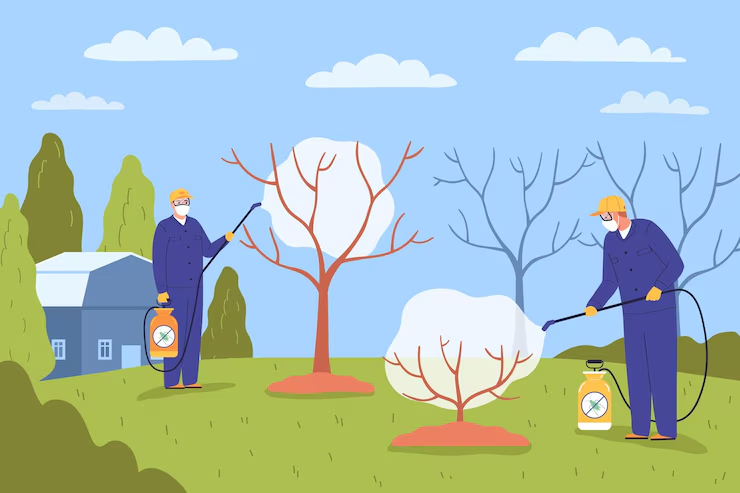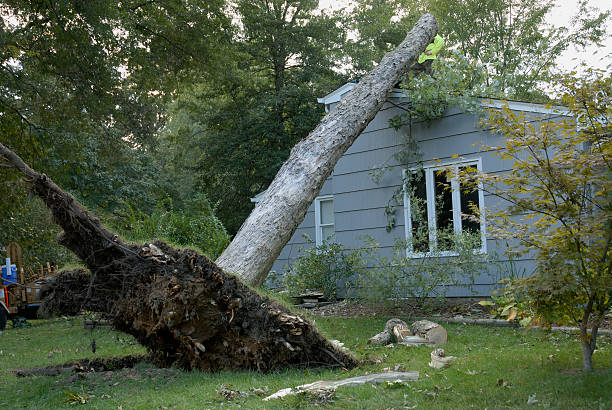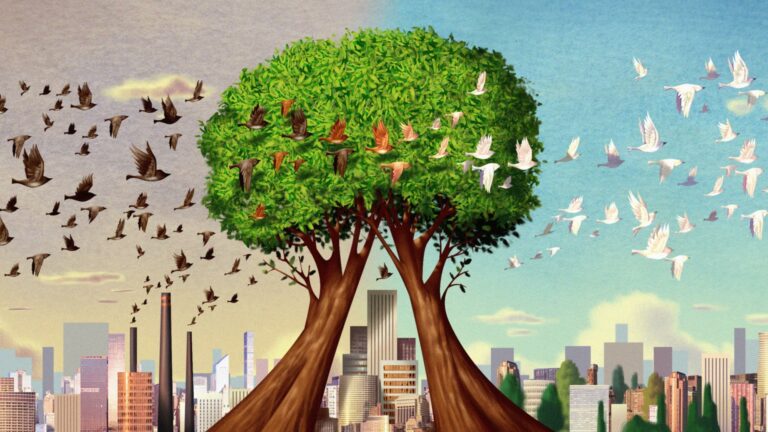How to Plant More Trees After Cutting: Reforestation Efforts
Why Reforestation Matters
When trees get cut down, nature takes a hit.
Less oxygen, more CO2, soil erosion, and lost wildlife habitats—it’s a domino effect.
Replanting is not just a good idea; it’s a must.
Without action, deforestation speeds up climate change and wrecks ecosystems.
Let’s fix that.
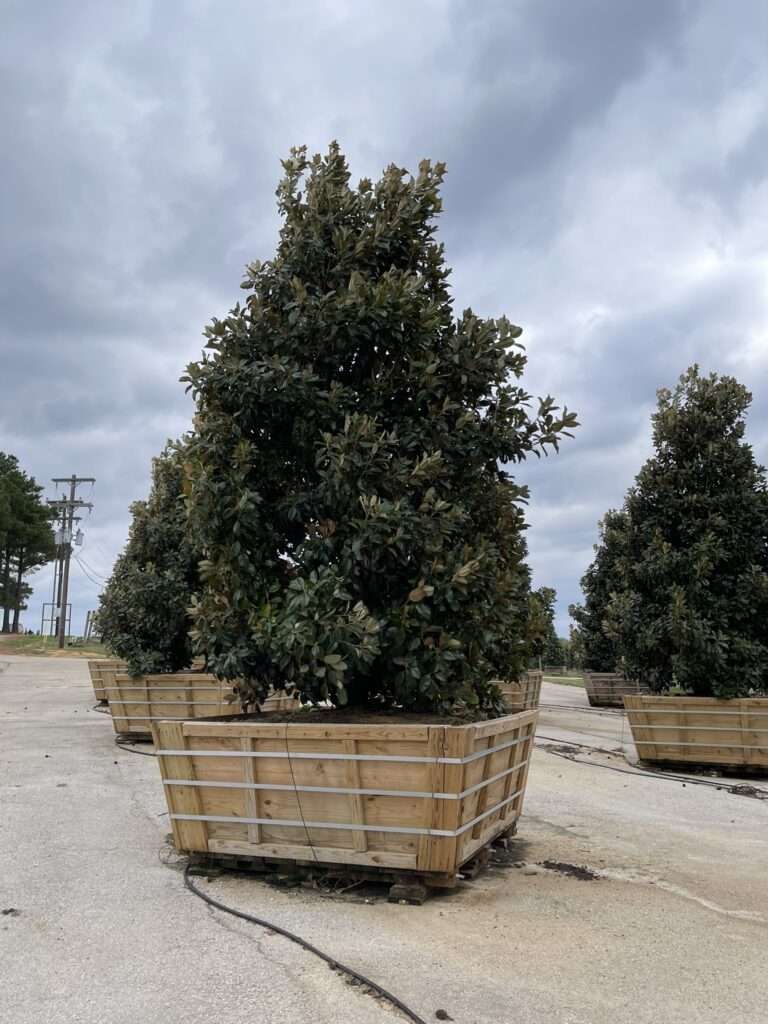
The Right Way to Cut Trees
Before we talk about planting more trees, let’s make sure cutting happens responsibly.
Sustainable forestry practices:
- Selective logging: Only remove mature trees, leaving younger ones to grow.
- Clear-cutting regulations: If large areas are logged, replanting plans must be in place.
- Tree planting commitments: Companies should plant more trees than they remove.
- Agroforestry: Mix tree planting with agriculture to keep soil and biodiversity in check.
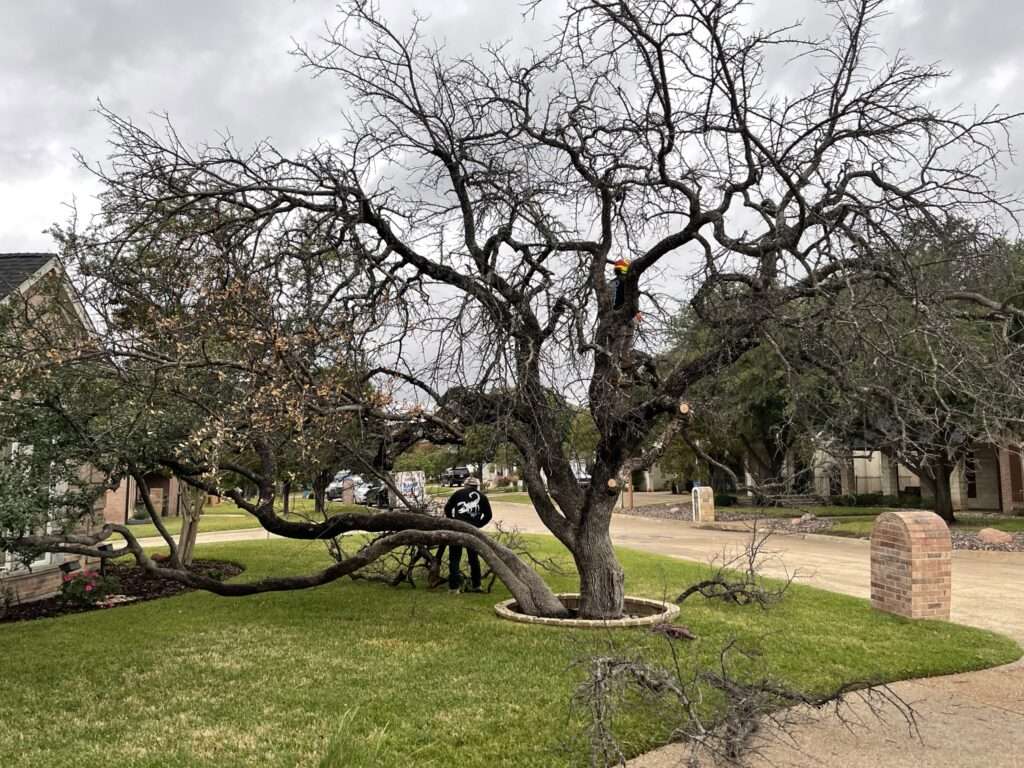
Steps to Plant More Trees After Cutting
1. Assess the Land
Not every cleared area is ready for new trees.
Check for:
- Soil health: Run a test to check nutrients.
- Sunlight exposure: Pick species that thrive in available light.
- Climate suitability: Native trees = better survival rate.
- Wildlife impact: Trees should help restore local habitats.
2. Choose the Right Trees
Tree selection is everything. Get this wrong, and you’re wasting time and resources.
- Native species: Less maintenance, more ecosystem support.
- Fast-growing trees: Quick forest recovery (think poplar, eucalyptus, acacia).
- Diverse tree types: A mix of hardwood, softwood, and fruit-bearing trees for balance.
3. Prepare the Land
A little prep work makes a huge difference.
- Clear debris: Remove deadwood, branches, and invasive species.
- Boost soil quality: Add compost or organic nutrients.
- Mark tree spacing: Trees need room to grow.
- Fence young saplings: Protect them from animals and human activity.
4. Plant Trees the Right Way
Planting isn’t just digging a hole and dropping in a tree.
- Dig proper holes: Twice the width of the root ball but not too deep.
- Position roots carefully: No bending roots upwards.
- Water immediately: Helps trees establish quickly.
- Mulch around the base: Keeps moisture in, weeds out.
5. Maintain & Monitor
Planting trees is just the start.
- Regular watering: Especially in dry seasons.
- Weed control: Competing plants steal nutrients.
- Pruning: Remove dead branches for better growth.
- Pest management: Organic treatments keep trees healthy.
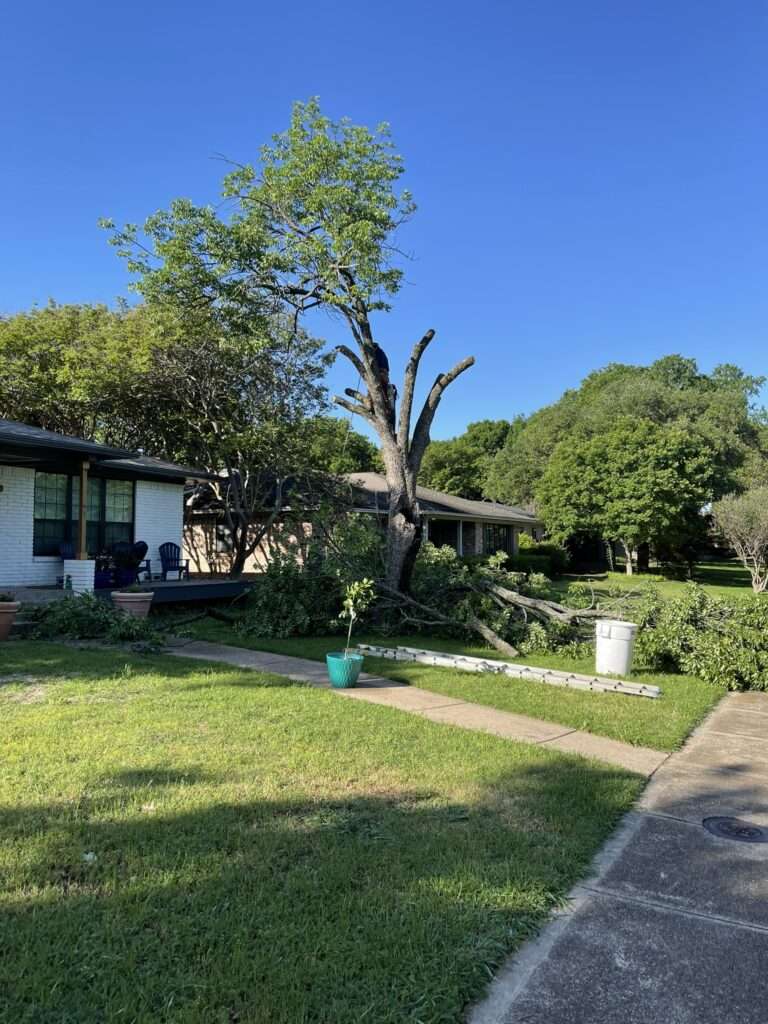
Large-Scale Reforestation Efforts
1. Community & Government Initiatives
Many organizations and governments are stepping up.
- Billion Tree Campaign: Global movement pushing mass tree planting.
- USDA Forest Service Programs: Grants for reforestation.
- Corporate sustainability programs: Businesses offsetting carbon footprints by planting trees.
2. Reforestation Methods
Different strategies work for different situations.
- Natural regeneration: Letting forests regrow on their own.
- Assisted planting: Manually planting trees where needed.
- Seed bombing: Dropping seeds from the air over large areas.
- Agroforestry: Blending agriculture with tree planting.
Why Reforestation Works
It’s not just about planting trees; it’s about the benefits they bring.
- Environmental protection: Trees absorb CO2, fight climate change.
- Biodiversity conservation: Bring back lost animal habitats.
- Soil stabilization: Prevents erosion, improves fertility.
- Economic benefits: Sustainable forestry supports jobs in timber, medicine, and food production.
- Better air & water quality: Trees filter pollutants and keep water cycles in check.
How You Can Help
Want to make a difference?
- Join tree-planting campaigns. Volunteer for local and global initiatives.
- Support sustainable brands. Buy from companies that plant trees.
- Reduce paper waste. Digital > paper when possible.
- Advocate for green policies. Encourage local leaders to prioritize reforestation.
FAQs
Q: How soon should trees be replanted after cutting?
A: ASAP. Many regions require replanting within a year, but the sooner, the better.
Q: What trees grow the fastest for reforestation?
A: Poplar, eucalyptus, acacia, and pine grow quickly and restore forests faster.
Q: Can I plant trees on my property to help?
A: Absolutely! Even a few trees in your backyard help.
Q: What are the best tree-planting techniques?
A: Digging proper holes, keeping roots healthy, watering regularly, and mulching.
Q: Do trees help combat climate change?
A: Yes! Trees absorb CO2, reducing greenhouse gases.
Final Thoughts
Reforestation is more than planting trees—it’s about restoring the balance.
Every tree counts.
Whether you’re an individual, a company, or a government agency, there’s a role for you.
Start today.
Want to take action? Check out these reforestation services:
Internal Links:
- Tree Removal Services in Arlington
- Tree Removal Services in Dallas
- Tree Cutting Services
- Stump Grinding
- Tree Uprooting & Removal
- Emergency Tree Services
External Links:
- Arbor Day Foundation – Tree Guide
- US Forest Service – Trees
- National Wildlife Federation – Guide to Trees
Let’s plant more trees.

